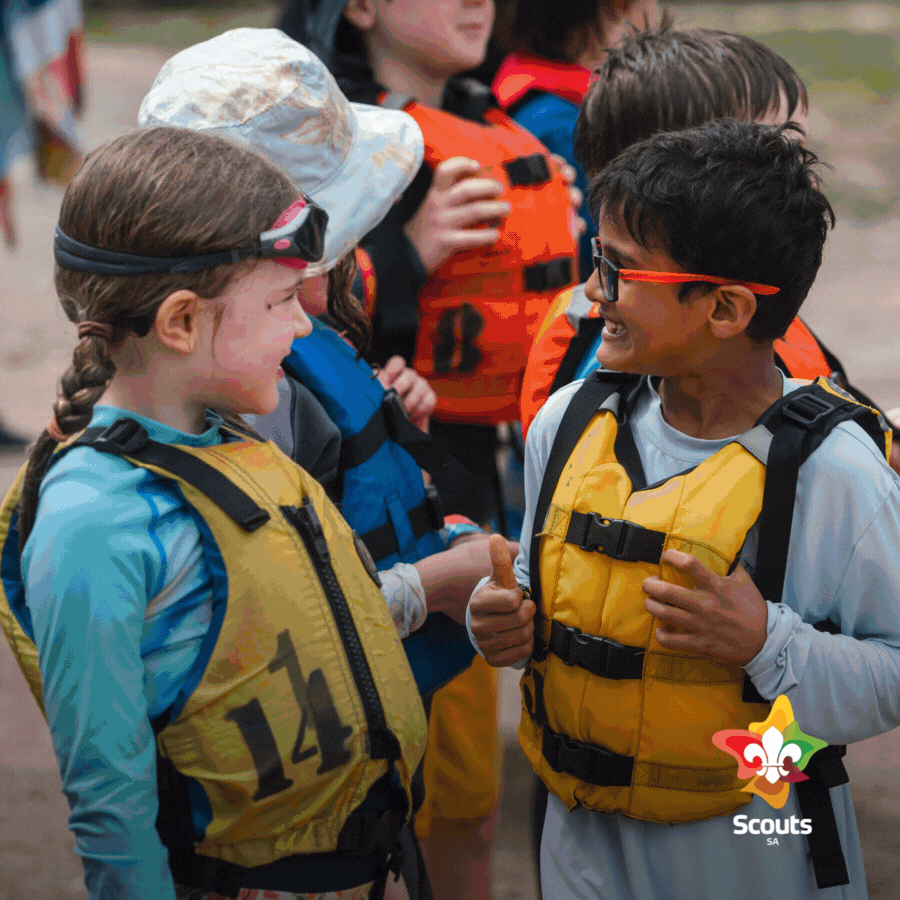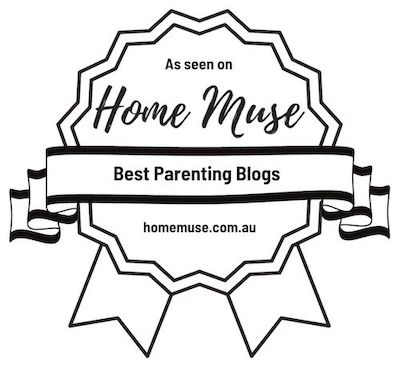I recently had a big scare when my 5 year old suffered an asthma attack for the first time.
She had a chesty cough for a few days and one night after dinner complained that her chest was “hurting” and her cough was bothering her. It didn’t seem too dramatic at the time, but I decided to call the Home Doctor just in case.
Well thank goodness for that because when the doctor arrived he told me that she was having a mild asthma attack!
He asked me if I knew the signs for heavy breathing. Ummmmm……. I wasn’t sure? Do I?
The Doctor pointed out a few ways to tell, and I quickly realised the answer was no. I didn’t know the signs to watch for, and that made me scared.
I knew that Karyn from Head2Toe First Aid was the person to ask for more information about this and as per usual she has provided us with a fantastic article on just that…..how to know if someone is having difficulty breathing. It’s not as easy to identify as it sounds.
Thanks for the info Karyn.
As parents we often worry about our child’s cough or respiratory symptoms. Often those symptoms start, or worsen overnight. Over the years I have had quite a few children arrive early to our practice in the morning, having been up all night with breathing difficulties. They are exhausted and the only thing that we can do is call an ambulance so they can be safely treated in hospital. Being awake and worried at 2am is horrible…. you often feel lonely, unsure, powerless and doubt your instincts. We all want to do the best for our children and keep them safe. Through this blog I want to help you be aware of a few of the more subtle symptoms that many parents tell me they wish they had known about earlier. I am hoping that this knowledge will empower you to know when to get help for your child’s respiratory symptoms and trust your parental instinct.
Firstly, remember you are the expert on YOUR child. Your instinct IS important. If you are ever wondering if they need a doctor, the Hospital or an Ambulance. The answer is very likely YES, they do. A Doctor or Paramedic would much rather treat someone’s breathing symptoms early, than when they are exhausted and it is a medical emergency.
When I teach a respiratory assessment to parents, I tell them to think about what they can see and hear. I find most parents can identify the symptoms to listen for that need urgent medical assessment. They tend to be the more obvious symptoms, such as noisy breathing (a wheeze, bad cough, a bark or stridor) and less words per breath (or if too young to talk difficulty feeding and breathing at the same time). However, it is the more subtle symptoms that you can see that many don’t know about. The “what you can see” symptoms can be a game changer for picking up concerning symptoms early.
The symptoms that I am talking about occur because we are using extra muscles to breathe which changes the way our breathing looks. When we breathe normally we mainly use our diaphragm. However, when something (such as asthma or a chest infection) inflames the airways and effects breathing, the body is clever and tries to compensate. It uses extra muscles to help the diaphragm in an attempt to make each breath more effective. But just like when you exercise and use extra muscles, when you breathe using extra muscles, you tire quickly and breathing rapidly becomes less effective. This is especially true of children and so the sooner it is picked up the better.
What tells you that your child is using extra muscles to breathe, is movement of the skin around their ribs. You need to look at their chest and watch for movement of the skin:
- Pulling in under their ribs
- And/or between their ribs (sometimes easiest seen down their sides)
- And/or movement of skin at the base of their throat
Any one of these signs mean your child is working hard to breathe and needs help now before their breathing deteriorates further and the situation becomes an emergency.
Serious breathing symptoms are always best managed early. A child only needs to display one of the signs mentioned that you can hear or see to prompt you to get help for them. Remember to trust your instincts and have confidence in them. Doctors and Nurses are experts in medical matters, but YOU are the expert in your child so never be afraid to advocate for your child by seeking medical help or calling an ambulance. Remember we would much rather see them early than when they are exhausted and struggling with every breath.
How to assess your child’s breathing is just one topic that gets covered in my parent first aid courses. If you have ever wondered “what you would do if…” I would love to help you feel more confident with medical and accident/injury first aid. My next community parent first aid course is on Jan 21 and details can be found on my website (www.head2toefirstaid.com.au) or Facebook page.
You can also contact me to arrange a private course with friends in your home, tailored to your needs. I would love to hear from you.
This article was written for information and education purposes only and is not intended to be a substitute for professional medical advice, diagnosis, or treatment. Always seek the advice of your physician or other qualified health provider with any questions you may have regarding a medical condition. Never disregard professional medical advice or delay seeking it because of something you have read in this article.
Karyn is an Adelaide based, Registered Nurse and Trainer with 18+ years of experience dealing with the medical and first aid needs of both adults and children. She is also a Mother and has firsthand experience dealing with Asthma and Allergies/Anaphylaxis on a daily basis. These roles enable Karyn to both appreciate the first aid challenges that a Parent/Caregiver can face, and understand the importance of quality first aid training in the community. Visit her website at www.head2toefirstaid.com.au








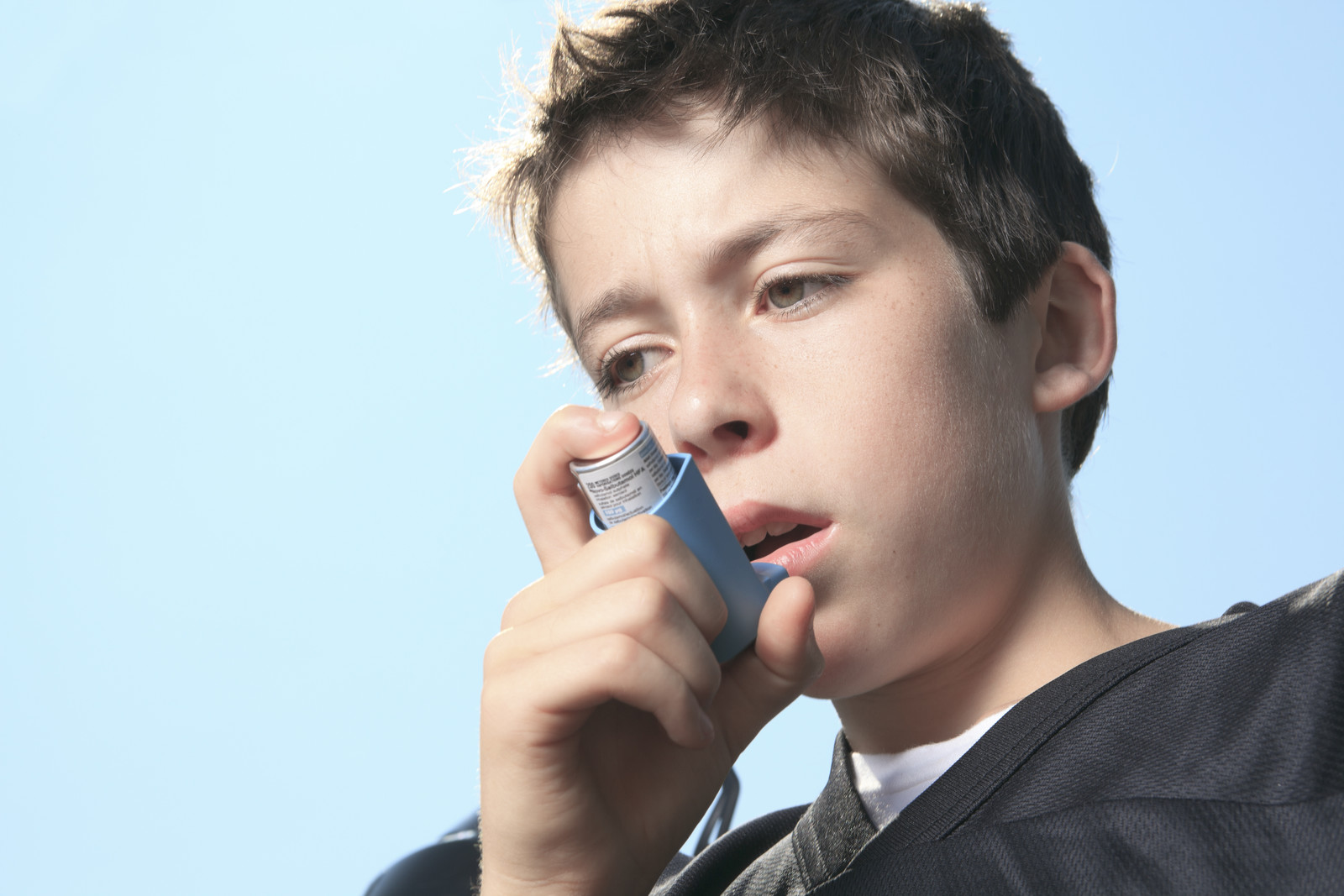

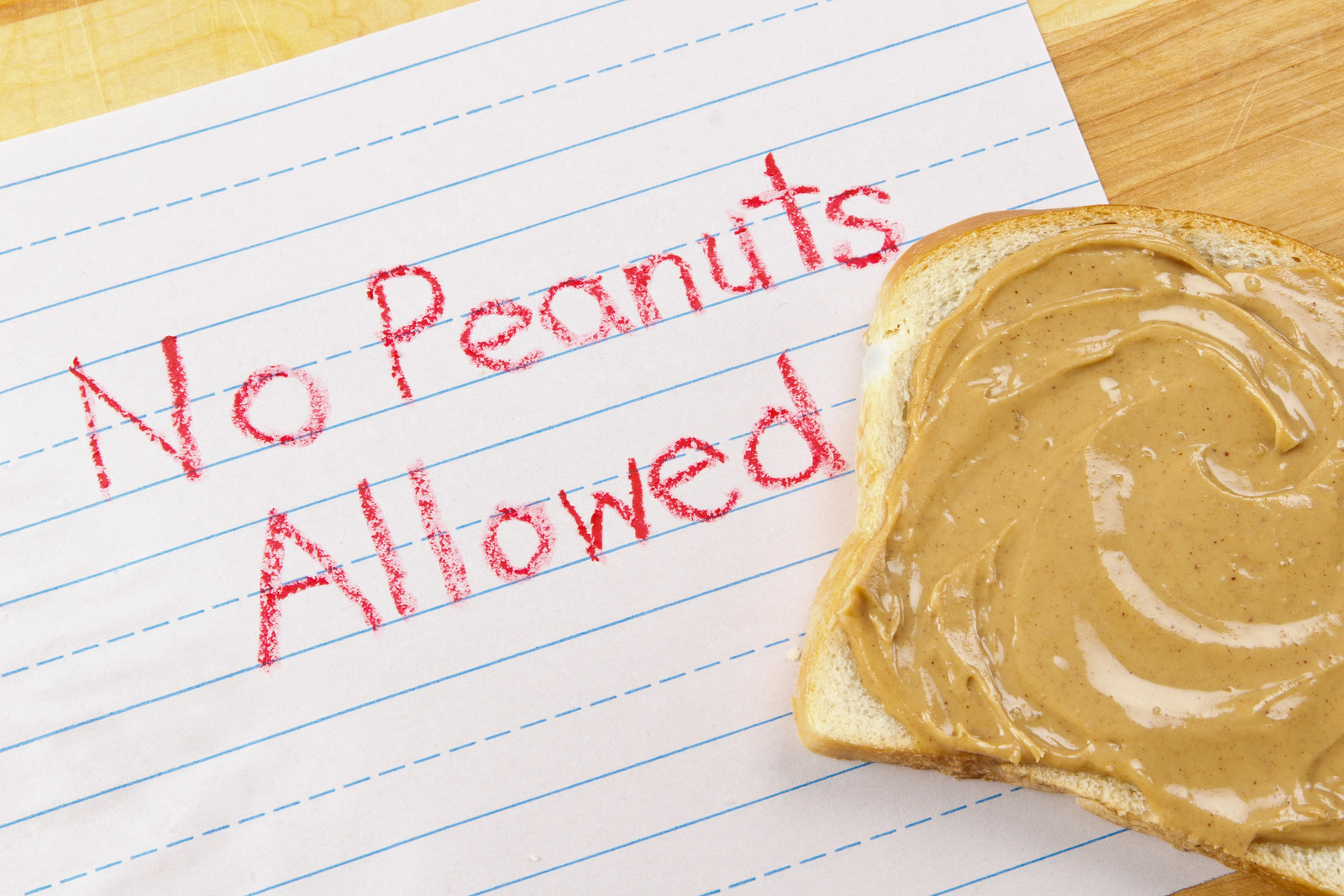
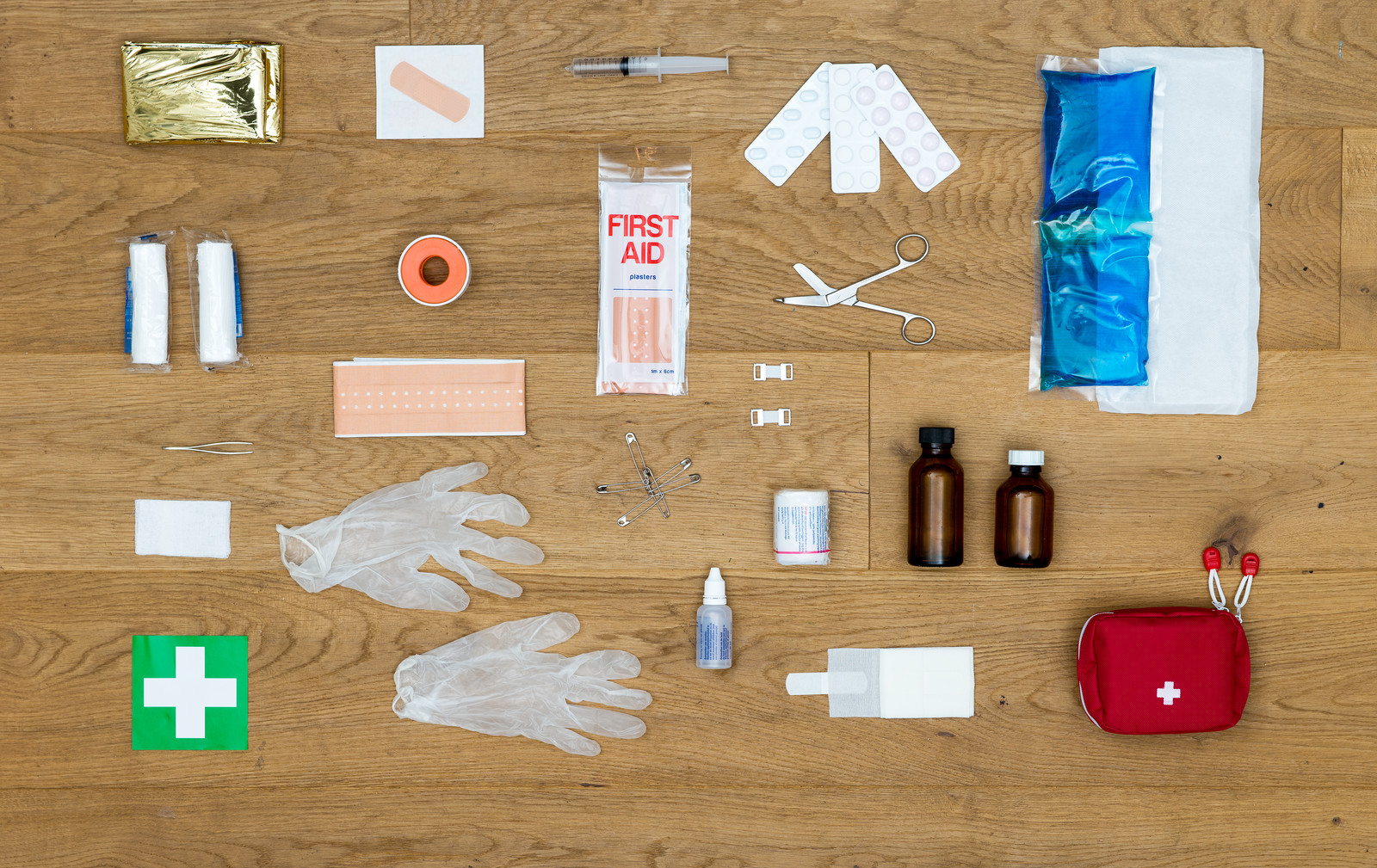
![AFLW-Tickets-[KidsinAdelaide]-[300x300px]](https://kidsinadelaide.com.au/wp-content/uploads/2025/08/AFLW-Tickets-KidsinAdelaide-300x300px.gif)
